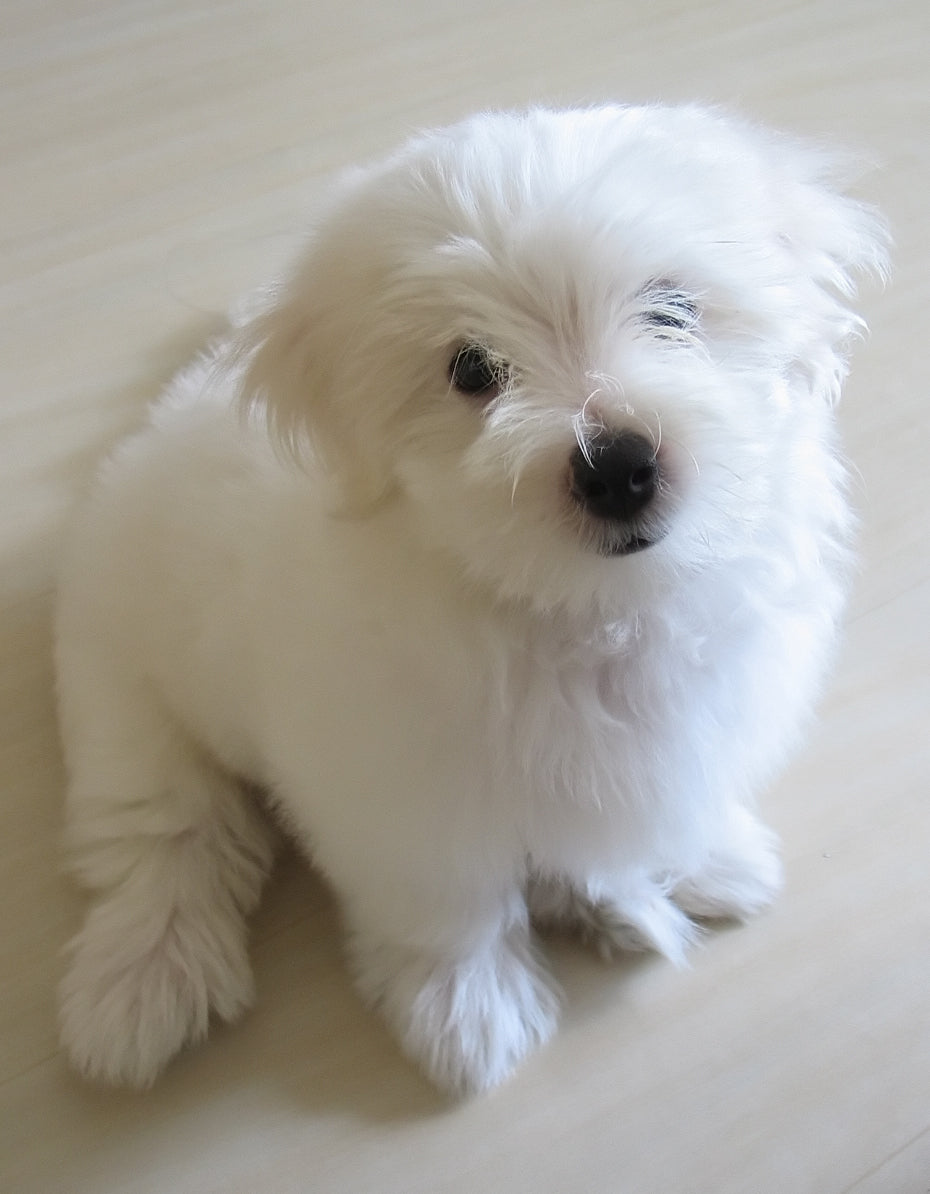
Dog Training Problems and How to Fix Them
Share
No matter the type of dog, there will always be issues with training our little friends to be the best behaved pets on the street. The common problems we will discuss in this article will give you a great start to dealing with these issues and help you bond with your dog.
Start Here
First and foremost we must remind you that it takes time and consistency to train any animal, even kids. Right? So stay strong, because it isn't impossible. Early intervention and consistently reinforcing positive behavior in your dog are key to any training. Also, keep in mind that dogs, just like people, may forget things over time. So even if your furry friend was perfect a week ago, that doesn't mean he won't revert to old habits without continued support from you.
Jumping Up
OK, problem number one. Jumping up on people when meeting them for the first, or 50th, time can be a real problem. Especially for people apprehensive around animals or children. It also can be a hazard because of the risk of someone being knocked over. (We don't want any concussions or chipped teeth when saying hello, right?)
Did you know that dogs are wired to greet face-to-face? That's a big reason why they jump up on people.
Solution
There are several ways to help, but start with a baby gate or leash while the dog is learning. Then try to train your friend with tricks like sitting (in a safe spot - see barking below), hand targeting, or fetching a toy. These are tactics that you can deploy to distract the dogs desire to meet face to face and reinforce the behavior you want when your dog meets someone. Also, remember that rewarding your dog for these alternate behaviors will help him or her to go to these activities over time.
Barking at the door
"Seriously, what is wrong with that dog. He's barking at the door and there isn't even anyone there!" If you're anything like us, you've seen this behavior and scratch your head trying to figure out what they are barking at and how to get the ruckus to stop.
Dogs can hear 4x the distance of humans and they can hear higher frequencies too!
If you're wondering why your dog barks randomly, it helps to know that they can hear so well that they are likely hearing something that you can't. Even if it's the neighbor down the street. So, someone might not be at the door ready to ring the doorbell each time they bark, but there is something they can hear that you cannot.
Solution
Teaching a new habit to go to a specific spot can help your little companion have a place where they feel calm and can wait for the noise to stop or for the person who is visiting to come in the door. Training to go to a spot with a talking command "Go to your spot"and reward when he or she does. Remember that training your dog is a learning process for both of you. Together you will learn what training techniques work best, but treats are always a welcomed reward for most dogs. Use your friends to help too. Have a friend with a treat come to the door, but only open it when your dog is quiet.

Peeing on the floor
Training a dog to hold it until you can get them outside only works so well. Depending on the size of your dog and their control of their bladder can greatly vary the ability your dog has to hold it. A Pomeranian, for example, has a fairly weak bladder and just getting excited can cause little accidents. Knowing when this little gal needs to go outside sooner than later is key.
Did you know that Paws2Go sends you an alert to your phone the instant your dog touches it?
Below are five reasons why your dog may be peeing on the floor:
- Over Excitement
- Submission/Fear
- Improper House Training
- Marking
- Medical Disorder
Solution
Obviously, training your dog to use tools like the Paws2Go is the first step to your dog knowing how to alert you that they need to go outside. Let's address each of the five reasons we mentioned above.
Over Excitement
For many dogs, this will stop after one year of age, but as mentioned before, some breeds are susceptible to this for longer. For those breeds, try keeping play time outside or in a specially prepared area of the house. No need to scold your dog for this because, in many cases, it isn't their fault, so being prepared ahead of time is the best bet.
Submission/Fear
According to PetMD, "Submissive dogs pee when they are greeted, when someone approaches, when they are punished, and when there is a history of rough treatment or punishment after peeing; this is common in rescued dogs. This is also a common reaction with shy, anxious, and timid dogs. To fix this problem, avoid scolding or yelling at your dog after it has peed. Instead, try building its confidence by teaching it simple commands (sit, stay, come), and reward your dog after each success. The same applies with teaching simple tricks (roll over, fetch); go with the reward and praise route."
Improper Training
There are hundreds, if not thousands, of articles on training dogs to pee outside. Tools like the Paws2Go can help significantly because the dog enjoys the experience of stepping on the unit and it lighting up. It's also great because even if you are in a different part of the house, you get the instant alert that your dog needs to go. Unlike the old bells method, you do not have to be within hearing distance of the bells to know your dog needs to go. Beyond this:
- Build a routine
- Designate a bathroom spot
- Reward good behavior
- Don't punish accidents, reward positive behavior
- Clean past accidents thoroughly so the dog doesn't smell the past accident and think that is their designated spot to use the bathroom
Marking
This can be tricky since it has to do with pack order and territories. In the wild, highest ranking dogs mark their territory as a signal to other dogs to stay away. While living with a human family, it may not be clearly define who is the alpha. Neutering also plays in to this affliction. Below are a few things to try:
- Establish hierarchy and yourself as the pack leader
- Neuter early
- Do not physically punish
- Supervise him if possible
- Remove all urine stains and odors
- Talk with your vet
Medical Disorders
There are a plethora of reasons why a dogs bladder may be affected by a health condition. The best option here is to work closely with your vet to understand what your dogs medical condition is and how to manage it. And, for the hundredth time, remember it's not your dogs fault, so do not punish them. Always reward them for good behavior and be understanding when accidents happen!
We know this is a continual effort and we're here with you. Leave us a comment on how you have tackled some of these issues!

2 comments
You have done a good job by publishing this article about.Custom Dog Harness With Name I appreciate your efforts which you have put into this article, It is a beneficial article for us. Thanks for sharing such informative thoughts.
Muchas gracias. ?Como puedo iniciar sesion?